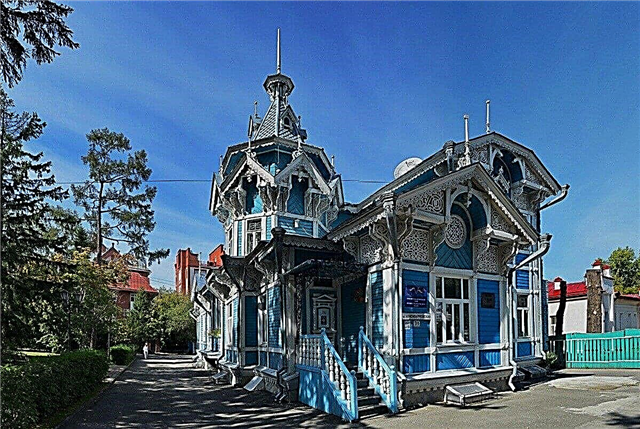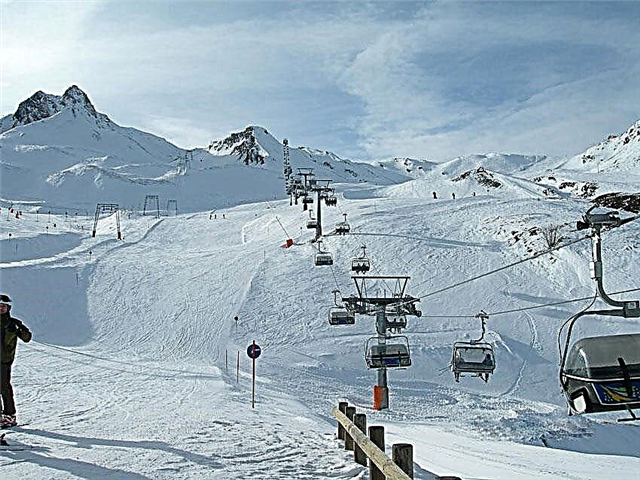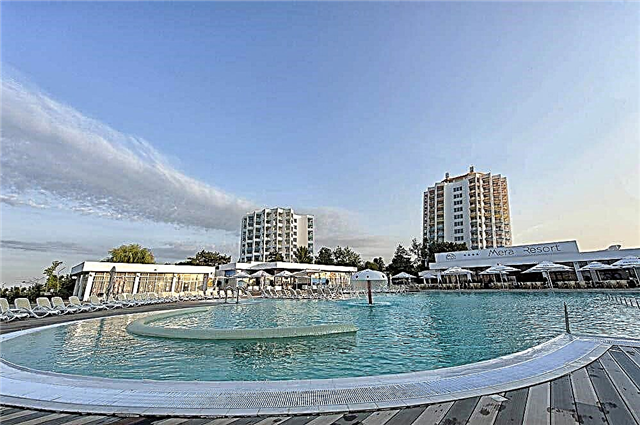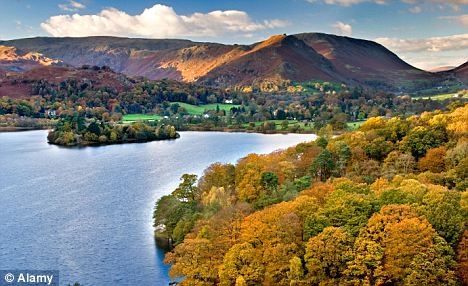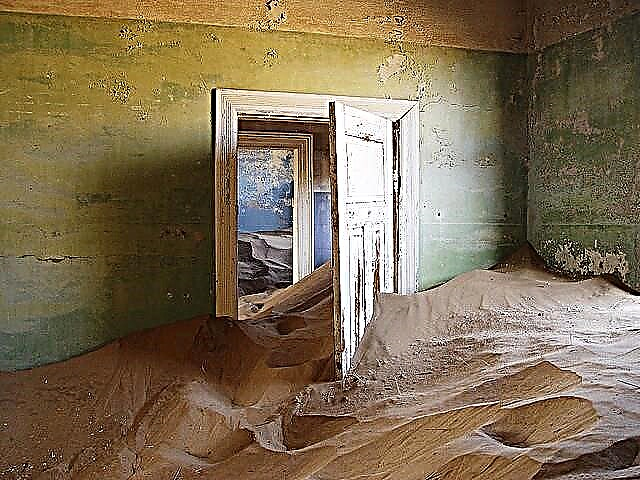Cuba is an island state, so it would be strange to hope that the cities here will be large and densely populated. Of course, the capital city of Havana stands apart, home to more than 2 million people. It is a cultural and economic center, which means that it constantly attracts immigrants and tourists. Another 12 cities boast a population in the range of 100-500 thousand, the rest of the settlements are much smaller.
The specific location and political structure of Cuba does not allow the country to develop in terms of tourism in full force. Nevertheless, the flow of travelers to Liberty Island never stops. In Santiago de Cuba, you can see UNESCO World Heritage Sites, in Holguín it is worth taking a walk along the beach, and in Las Tunas it is worth taking part in the Festival of Folk Crafts.
The largest cities in Cuba
List of the largest cities in terms of population in the country.
Havana
The capital of Cuba is located on the shores of the Gulf of Mexico. The colonial atmosphere is best preserved in the west of the city. The ensembles of rectangular squares were built later, at the turn of the 16th-18th centuries. There are defensive fortresses at the entrance to the bay. Major holidays attract tourists. Among them is an international jazz festival and an annual carnival.
Population - 2,131,480 people (2018).

Santiago de Cuba
The former capital of Cuba. The city secretly competes with Havana for the title of the most beautiful city in the country. The first Cuban university was built here, and the local fort of El Moro is protected by UNESCO and has more cultural significance than other fortresses in Cuba. Divers have chosen the surroundings. There is an ecological tourism center. Developed tourist infrastructure.
Population - 433 580 people (2018).

Camaguey
The city was originally founded on the coast. Due to the constant attacks of pirates, the inhabitants moved it to the central part of the island in the 16th century. The city is famous for its confusing streets, large and small squares and religious buildings. The only image of the Trinity in the country is kept in the local church in the square in San Juan de Dios square. Camaguey Park Casino Campestre is the largest in Cuba.
Population - 308 900 people (2018).

Holguin
Located in the Mayabe Valley. Sightseeing: Hill of the Cross, Loma de la Cruz observation deck, Plaza de Armas. The Bahía de Naranjo Park or Orange Bay is located in the vicinity of the city. The local dolphinarium regularly hosts shows featuring marine animals. Holguín is famous for its beach resorts, the largest of which is Guardalavaca. The tourist season lasts all year round.
Population - 297 400 people (2018).

Santa clara
A tamarind was planted at the site of the city's foundation in 1689. This tree became the symbol of Santa Clara and adorned its coat of arms. The most visited attractions are the Che Guevara mausoleum, the La Caridad opera house, and the healing waters of Elgeya. Nature lovers travel to Santa Clara. The landscapes of the surroundings are captivating: tropical forests, beaches, mountain ranges - everything is nearby.
Population - 216 800 people (2018).

Guantanamo
Center of the province of the same name. Guantanamo's museums contain amazing relics, including the cross erected by Columbus. Climbing the Paso de los Alemanes and Junque mountains are popular routes for tourists. The nearby Alexander Humboldt National Park is 70% protected area. The county has become infamous for the American military base, located 15 kilometers from the city, and its prison.
Population - 216,000 people (2018).

Las Tunas
Located in the east of Cuba. The city is called the capital of Cuba in terms of sculpture. On its streets you can find about a hundred statues and monuments of different eras and styles. Twice a year “El Cucalembe days” are organized - holidays and festivals of folk craftsmen. The coast is conventionally divided into about three dozen beaches, both natural and man-made.
Population - 173 550 people (2018).

Bayamo
It is based on the river of the same name and is part of the Granma province. The food industry and the mining of manganese ore are the backbone of the economy. The central part of the city is filled with sculptural and architectural monuments from the colonial period. Bayamo contributed to the struggle for Cuban independence. This is reflected in museums and other attractions.
Population - 159 960 people (2018).

Cienfuegos
Occupies part of the southern coast of the country. Cienfuegos Bay is considered the cleanest in Cuba. Several modern diving centers are open in the vicinity of the city. The water area is rich in sunken ships, diverse flora and fauna. One of the coral columns is called Notre Dame because of the similarity to the cathedral. Architectural masterpieces - churches, residential buildings, forts - approach the sea.
Population - 151 830 people (2018).

Matanzas
Conveniently located between Havana and the resort of Varadero, which is only 32 kilometers away. Matanzas has a number of nicknames such as "Cuban Venice" or "Cuban Athens". The many canals and bridges made walking around the city a real adventure. Of the natural beauties, travelers especially highlight the Bellamar Karst Cave. There are excursion tours around the province, both budget and luxury.
Population - 145,240 people (2012).

Pinar del Rio
The status of the city was awarded in 1867. Nature lovers explore the unique local flora and climb steep hills unparalleled elsewhere in the world. Pinar del Rio has a botanical garden and several museums, including the Tobacco Museum. One of the largest diving centers in the country operates. The islands near the coast are a paradise for fishermen.
Population - 145 190 people (2018).

Ciego de Avila
It is part of a province called "pineapple paradise", as these fruits grow here everywhere and in large quantities. There are many islands, reservoirs and artificial canals in the area. A favorite technique in architecture is the use of arches and columns. From the highlands of Florencia, the city is best viewed. The top point can be reached by horse or mule.
Population - 120 440 people (2018).

Sancti Spiritus
It is one of the oldest European settlements in Cuba. The decoration of some houses and the decoration of entire neighborhoods takes the guests of Sancti Spiritus back in time. The arched bridge is thrown over the Yayabo River. Churches of the 17th-18th centuries attract not only believers, but also architecture lovers. Other attractions: Manaki Isnaghi tower, Topes de Collantes natural park, Sasa artificial lake.
Population - 108 480 people (2018).

Manzanillo
Located in the southeast of the country. Unlike other major cities in Cuba, it is not the provincial capital. Notable objects: Parque Maximo Tomes square, Iglesia de la Purisima Concepcion temple, Cespedes square, a monument to Celia Sánchez, a companion of Fidel Castro. In the southern part of Manzanillo, there is a quarter with wooden houses, on the roofs of which are grown cacti.
Population - 98,900 people (2012).

Cardenas
Port city in the north of the island. The main activities are fishing, shipbuilding, food industry. Cardenas is famous as the city where the flag of Cuba was first raised. There is a huge concrete crab at the entrance. The main architectural landmark is La Dominica. It is easy to get to the tourist centers of the country from here, but the infrastructure in Cardenas itself is poorly developed.
Population - 88 980 people (2012).

Palma Soriano
City of the province of Santiago de Cuba. The local way of life was less influenced by European civilization. The “Caribbean way” is present both in national dishes and in architecture. Natural landscapes replace each other, which makes walks around the area even more interesting. Clean sandy beaches are rarely completely filled, as the city has not yet managed to get into all the guidebooks.
Population - 74 930 people (2012).

Artemis
The name of the city was given by the wild-growing grass.The capital is only 60 kilometers from here. The local coffee is one of the finest in the Caribbean. There are four national reserves in the district. The beaches of Artemis will satisfy even the discerning traveler. The best time to visit the city is autumn: this is due to the climate, harvesting and holidays.
Population - 48,500 people (2018).

Trinidad
City Museum of Cuba. Its historical monuments are included in the UNESCO World Heritage List. Trinidad is designed in a special architectural style: the Baroque style prevails, the roofs are covered with red tiles, wrought iron gratings are used as a decoration, paved paths lead in all directions from the center. About 10 museums have been opened. Summer is the time of holidays and carnivals.
Population - 45,040 people (2012).

San Luis
Located 19 kilometers from Santiago de Cuba. Initially, a large ranch existed on this site. The construction of the railway accelerated the development of the city. Local residents work mainly in the field of agriculture. The tourist infrastructure is almost undeveloped. But fans of quiet rest and national flavor come here.
Population - 34 990 people (2012).

Consolation del Sur
It is part of the municipality of the same name. The local population is engaged in the cultivation of rice and tobacco. There are only three churches in the city: Roman Catholic and two Protestant. The city museum was opened, bringing together exhibits on the theme of ethnography, history and art under one roof. In the heat, you can stroll through the shady parks, of which there are two in Consolation del Sur.
Population - 28 460 people (2012).


